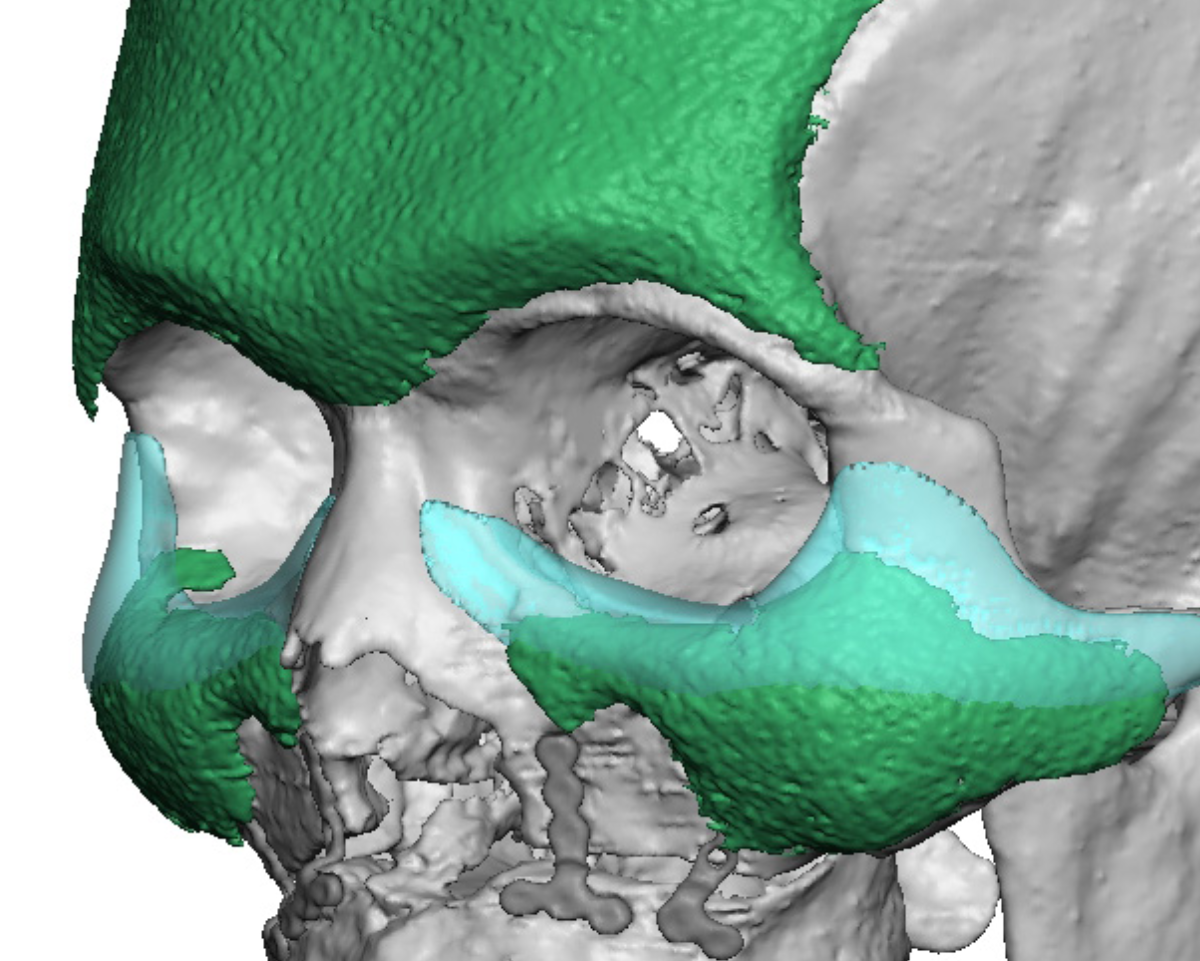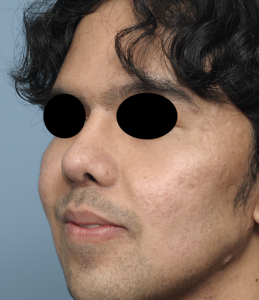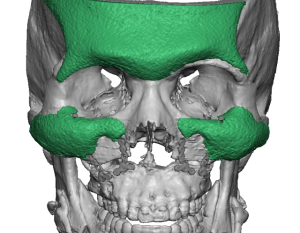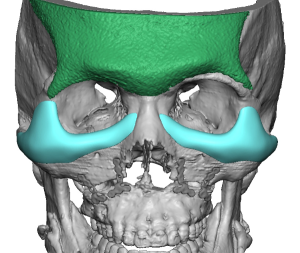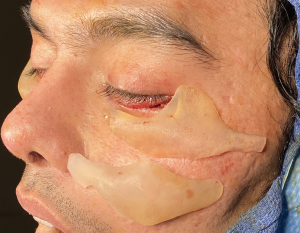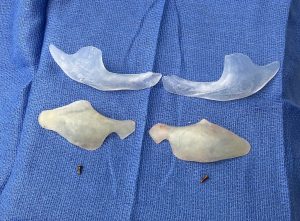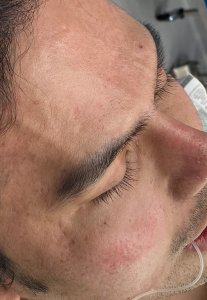Background: The custom made infraorbital-malar (IOM) implant is the next step in midface augmentation when standard implants are inadequate. With custom designs any surface of the cheeks and surrounding bony areas can be augmented as aesthetically needed. But just because the implants may be custom made is not a guarantee that it will have the desired effect. It may fit the facial bones well but without an implant footprint and dimensions that can achieve the desired aesthetic change custom made implants can still fall short of a patient’s expectations.
While there are numerous advantages to a custom midface implant, there is no formula or software that can tell one how to design it for any specific aesthetic effect. That is a learned skill that only comes from a lot of experience and constant experimenting with design changes and innovations to see what their effects are. Sometimes an implant design that works is one that may initially not look like it should. That is because it is tempting to think how it looks on the bone is exactly the aesthetic effect it will create externally when placed…but that is a common misconception.
This is particularly true when it comes to midface augmentation. I have seen many custom cheek implants designs that by experience I knew would create an undesired effect. The one result that is to be avoided is the creation of an apple cheek look in men. This is a rounded or oval shaped augmentation that is located below the highest convexity of the cheek. This is a distinct female look that may work for some men but usually only when lipoatrophy or facial fat loss has occurred. Men seek cheek augmentation to have a masculinizing effect. This usually means a ‘high cheekbone’ look. How to achieve that aesthetic result in a custom midface implant design can be learned from looking at implant designs that did not work.
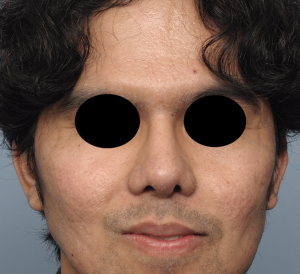
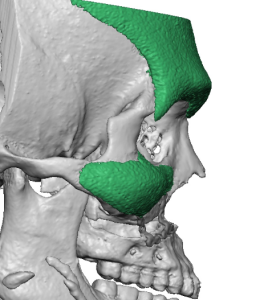
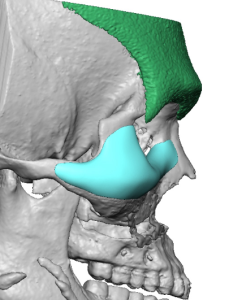
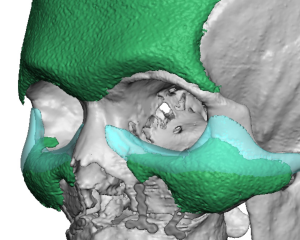
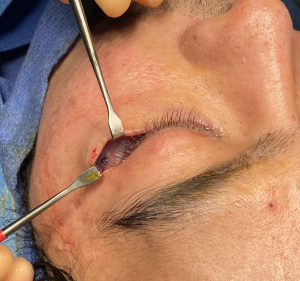
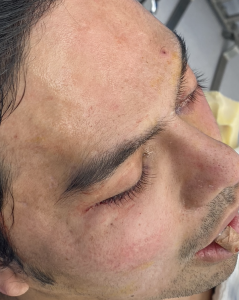
The high cheekbone look is anatomically how it sounds… a horizontal line of bone augmentation across the cheekbone along its natural convex or flatter surface areas. This may or may not include the infraorbital rim but almost always means out onto the zygomatic arch. The augmentation specifically stays away from the concave surface on the cheekbone which is referred to as the submalar region. It is the submalar region that creates the apple cheek look and should be avoided in men in particular. (presuming a submalar deficiency does not exist)
How high this line of augmentation across the cheeks should be depends on the natural bony anatomy as well as the thickness of the overlying soft tissues. Thin faces will only require a line of augmentation that may follow the more natural bony shape. Thicker tissue patients or those that have a true skeletal deficiency will require the highest line of augmentation that may also have increased thicknesses. This type of implant design may look peculiar in that it appears to only augment the upper half of the cheekbones. But this is the exact implant design that creates a high cheekbone look and never when placed looks too high. It often requires some infraorbital rim vertical augmentation (saddle the rim) and can go up along the lateral orbital rim as well.
Case Highlights:
1) A custom infraorbital-malar implant is the most effective method to augment the midface and achieve a high cheekbone look…but requires the right design to do so.
2) For the custom infraorbital-malar implant to create the high cheekbone look and/or improve undereye hollows its footprint must horizontally/vertically augment the infraorbital rim and extend outward onto the zygomatic arch with its major projection at the cheek transition area.
3) Despite the size of the custom infraorbital-malar implant it can still be placed through a limited lateral lower eyelid incision.
Dr. Barry Eppley
Indianapolis, Indiana

